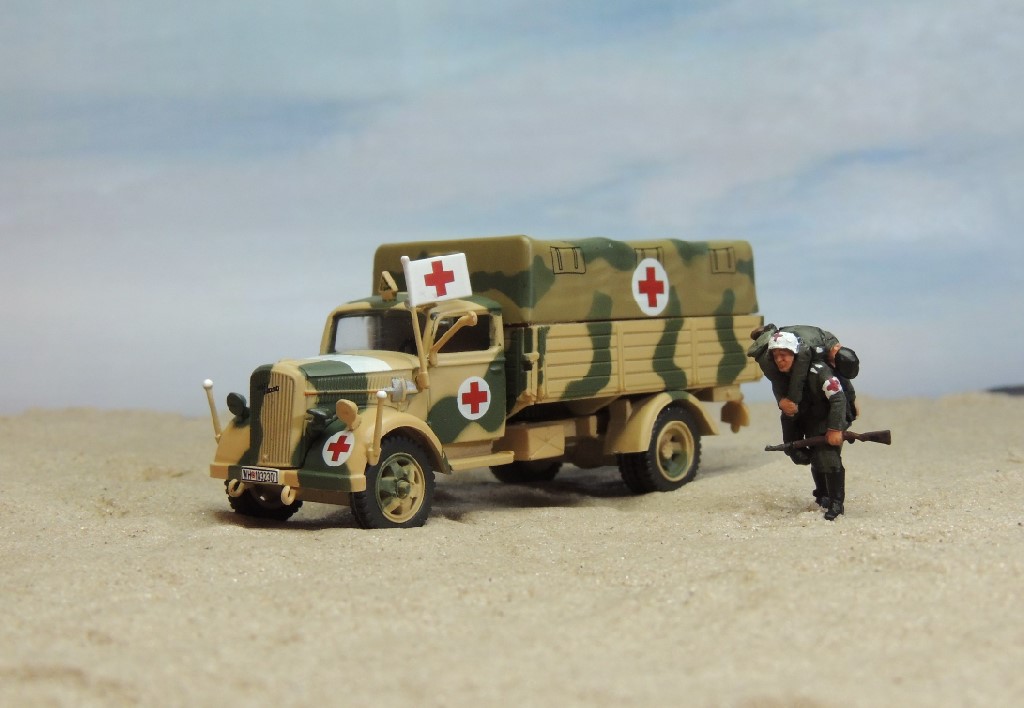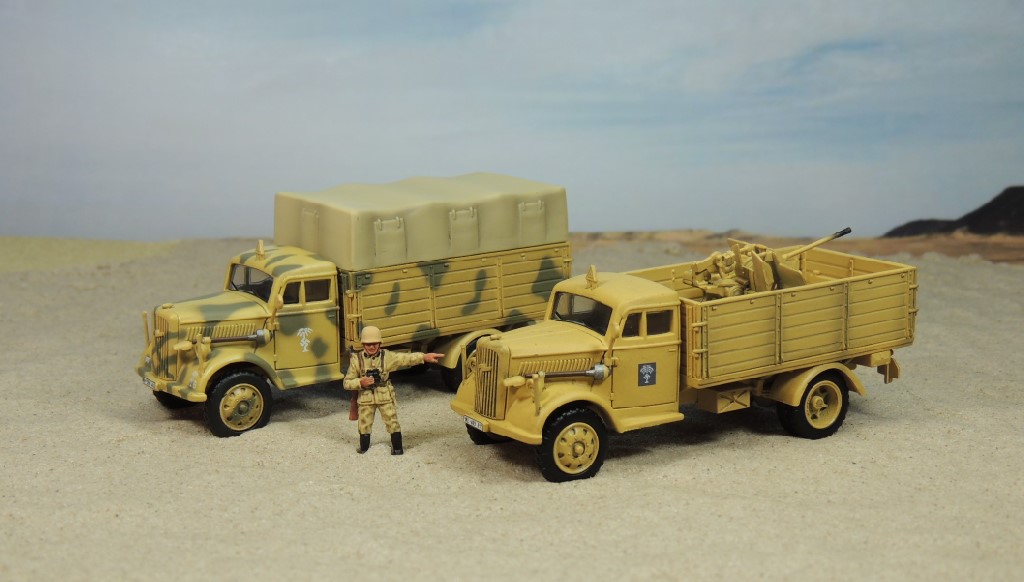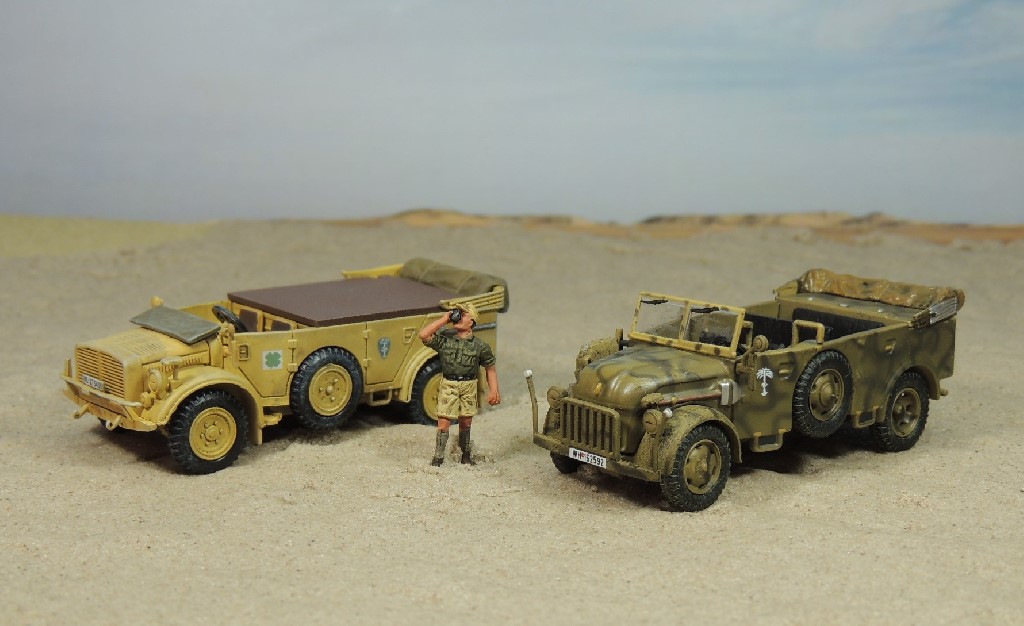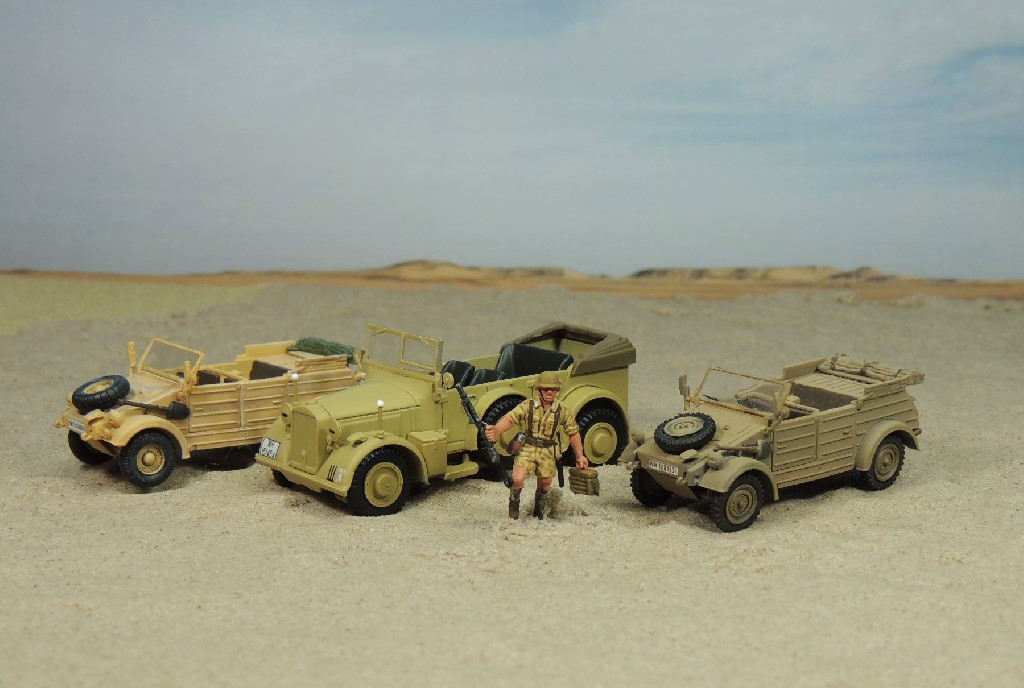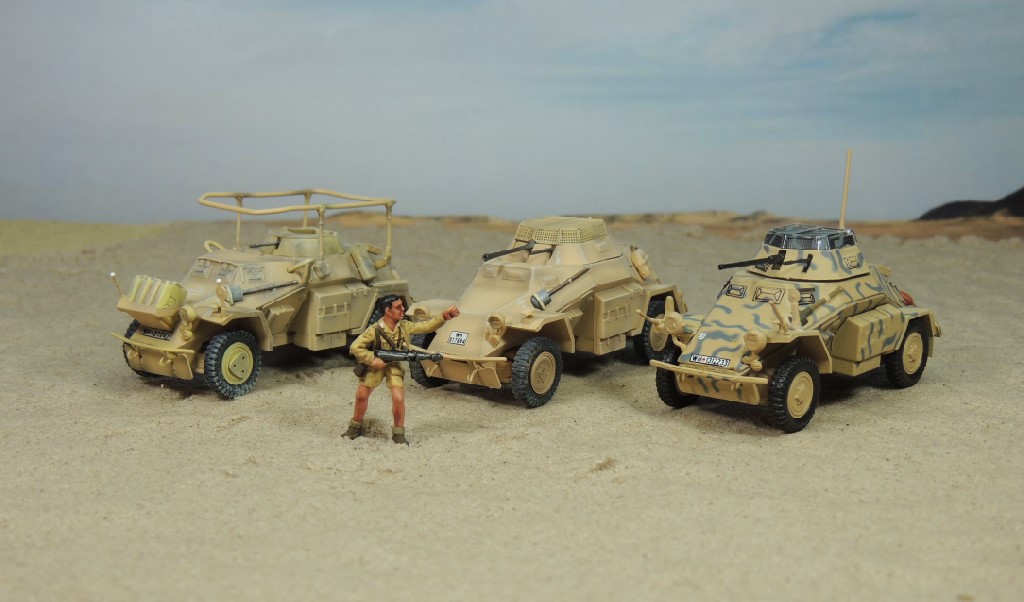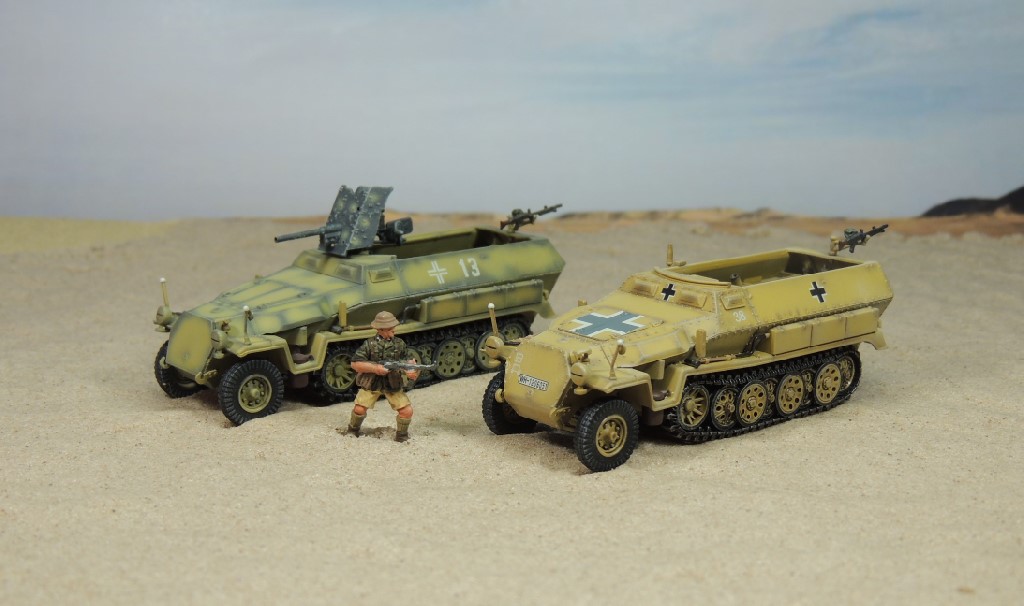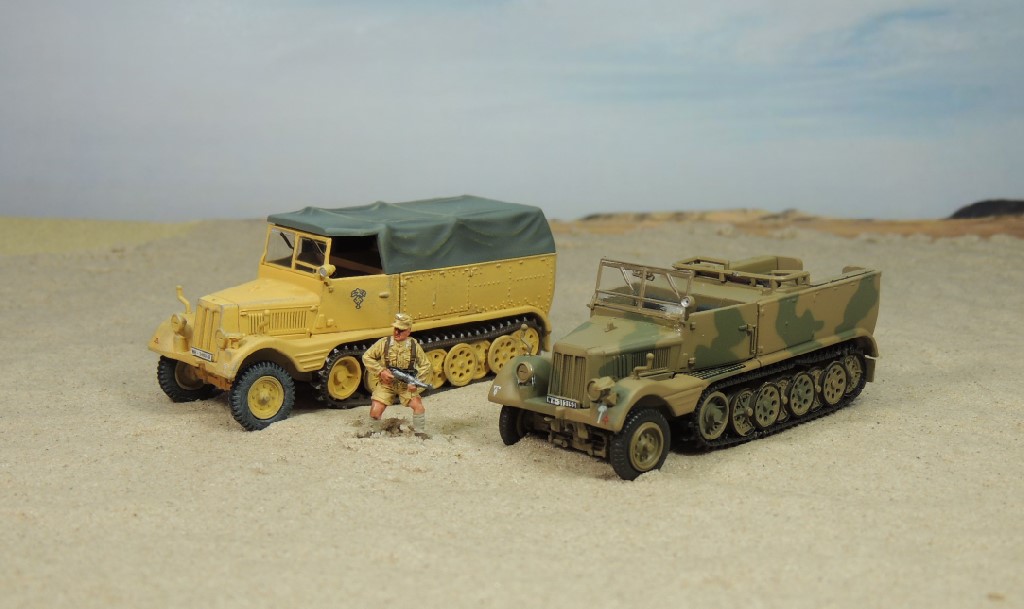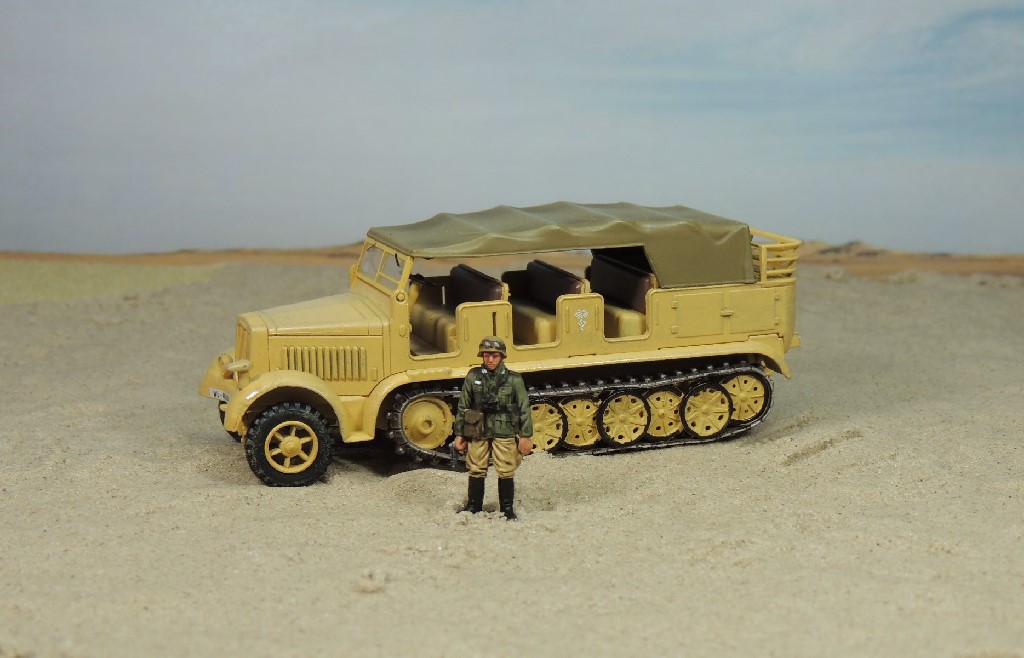October 1, 1942, Quotaifiya, Egypt — 78 years ago today.
The disconsolate, careworn faces of the attendees contrasted sharply with the upbeat cadence of the Cuban Rumba Azul playing on the wind-up gramophone. The pilots and ground crews of Luftwaffe Fighter Wing JG 27 paid their final respects before the remains of their fallen comrade were to be flown to Derna, Libya, 300 miles west, where the body would be interred at the Heroes’ Cemetery that same day. Once in Derna, Generalfeldmarschall Albert Kesselring, the Wehrmacht’s Commander in Chief in the Mediterranean, delivered an emotional paean, recalling the deceased’s legendary aerial exploits.
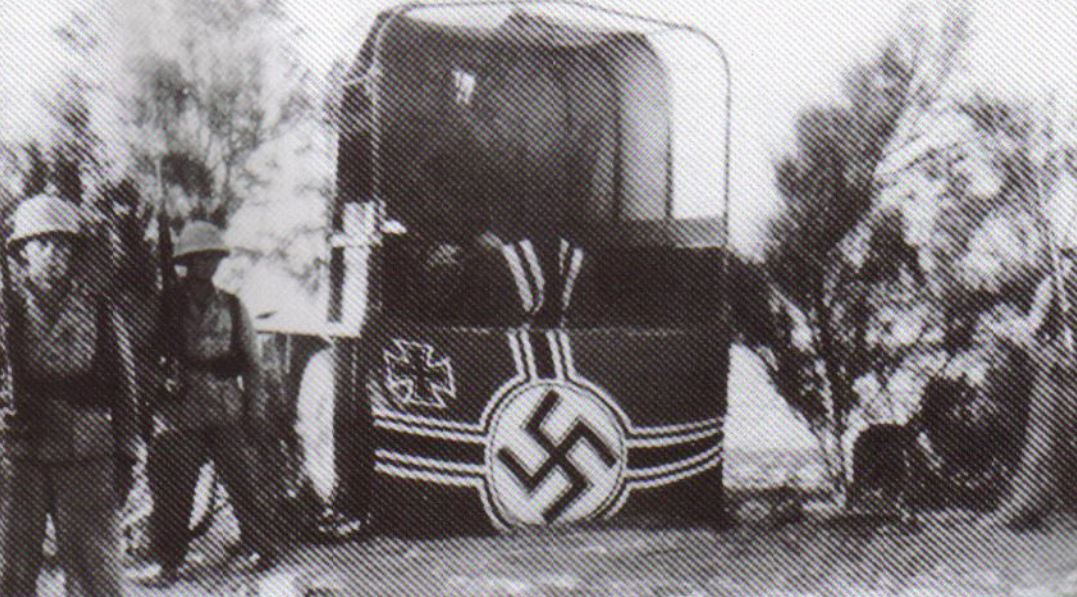
Clearly, this was no ordinary funeral. This final farewell was for a highly decorated hero of the Third Reich, a man who had earned oak leaves, swords, and diamonds to his Knight’s Cross, the Luftwaffe’s youngest captain, and one of the greatest pilots of World War II. His unparalleled technical skills had earned the respect of comrades and foes alike, and his rebellious, yet kind, nature had won their admiration. The newly departed was a maverick – an iconoclast who, eschewing Nazi ideology, counted a black German-speaking South African POW as one of his closest friends and enjoyed “degenerate” American jazz and Latin music — Rumba Azul his favorite melody.
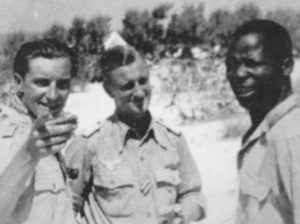
Hans Joachim Marseille, the 22-year-old “Star of Africa,” had shot down 158 enemy aircraft when the engine of his new Messerschmitt Bf 109G malfunctioned over the Egyptian desert on September 30, 1942. When the smoke from the engine filled the cockpit, entirely clouding visibility, Marseille baled out of his Gustav, accidentally hitting his head against the rudder that heralded his many victories. He was rendered unconscious immediately, before he could deploy his parachute, and plummeted thousands of feet to his death.
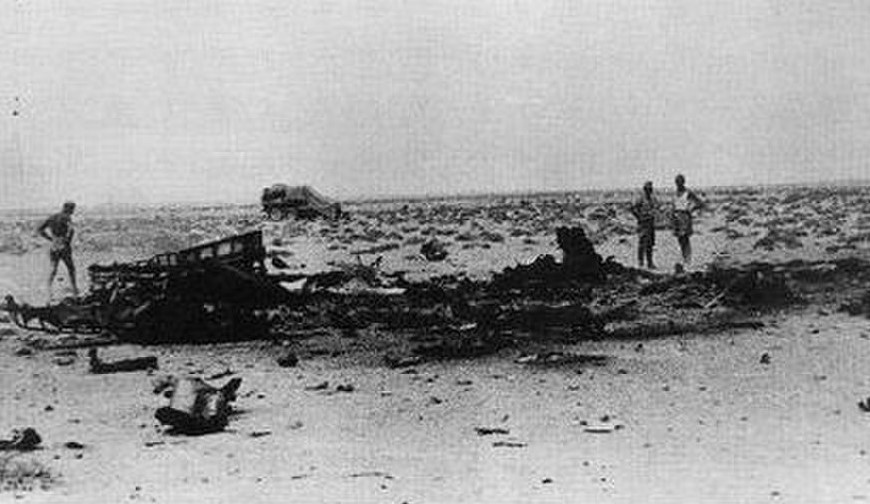
Marseille was a legend even in life. In his eulogy, just one day after Marseille’s passing, Kesselring summed up Marseille thus: “Hauptmann Marseille is fallen. Unbeaten. With his passing, a heroic individual, a marvelous colleague, an artist in the air and the best fighter pilot in the world is gone from our ranks forever.” Adolf Galland, a Luftwaffe legend himself, called him “the unrivaled virtuoso among fighter pilots of the Second World War” in his memoirs.
Marseille was a man who clearly understood that each of his victories meant the loss of a son, father, brother, or husband. In a letter to his mother after his very first victory on August 24, 1940, during the Battle of Britain, Marseille wrote: “Today I shot down my first opponent. It does not set well with me. I keep thinking about how the mother of this young man must feel when she gets the news of her son’s death. And I am to blame for this death. I am sad, instead of being happy about the first victory. I always see the face of the Englishman in front of me and think about his crying mother.”
It is a tragic irony that following Marseille’s last seven victories — 152-158 — Erwin Rommel, the vaunted “Desert Fox,” called September 28 to request that Marseille accompany him to Berlin to attend a ceremony on September 30 — the day Marseille met his fate — where Marseille and Rommel were programmed to sit on either side of Adolf Hitler. Not fond of the Führer, Marseille declined, arguing that he would rather save his leave for December, when he intended to travel to Berlin to marry his fiancée. One can only wonder what destiny had in store had Marseille accepted Rommel’s invitation.
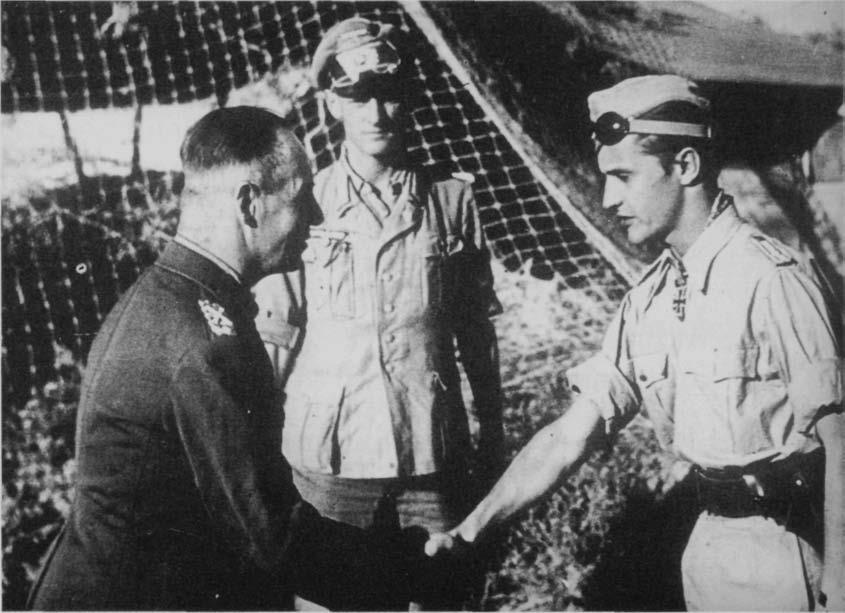
Marseille’s career as a pilot spanned barely two years – from his first victory in August 1940 to his last in September 1942. Yet he is the subject of several books, countless articles, numerous documentaries, and a full feature German-Spanish film — Der Stern von Afrika (The Star of Africa). The reader is referred to those sources for an account of his aerial accomplishments and a sense of his extraordinary character.
This post is but an introduction to a 1/72 scale diorama depicting Marseille’s aircraft refueling in Quotaifiya, Egypt, circa late September 1942, just days before his death. The diorama will comprise several components, each the subject of a separate post as follows:
I. Introduction – The foregoing post provides a brief sketch of Marseille and outlines the components of the project.

II. Marseille’s Messerschmitt Bf 109s – Marseille flew a number of different Messerschmitt Bf 109s throughout his career. To my knowledge, four different manufacturers – Atlas, Corgi, Easy Model, and Gemini – have produced a total of six prebuilt 1/72 diecast models of Marseille’s various aircraft spanning the two years from his first victory in August 1940 to his last in September 1942. I will be using one of these six for the diorama. This post will provide photos and observations of these models.

III. Marseille’s “OTTO” Kubelwagen – Upon Marseille’s downing of eight RAF P-40 Tomahawks in a 10-minute sortie on September 1, 1942, the Italians in the camp “borrowed” Marseille’s kubelwagen and painted “OTTO” – “eight” in Italian – on its sides, adorning the four letters with desert fauna. This post will describe the kubelwagen I intend to use for this diorama.
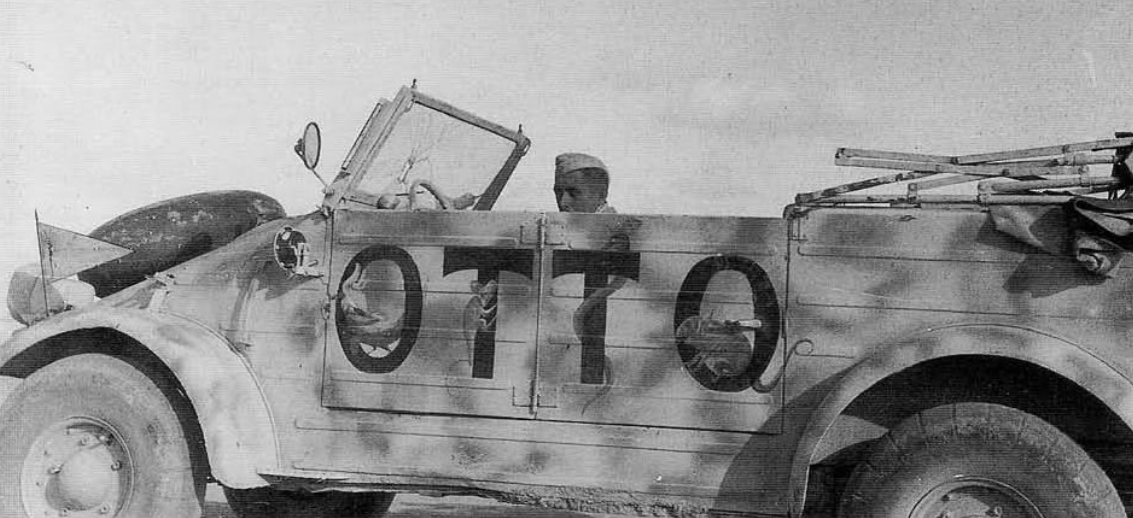
IV. Luftwaffe Opel Blitz Tankwagen – The Luftwaffe used the Opel Blitz tankwagen Kfz. 385 to refuel their aircraft throughout the conflict, including in North Africa. As far as I know, three manufacturers have produced 1/72 model kits of the Kfz. 385 – two in plastic by Roden and MAC Distribution and one in resin by FM Detail Sets. This post will briefly discuss the tankwagen I intend to use for this diorama.
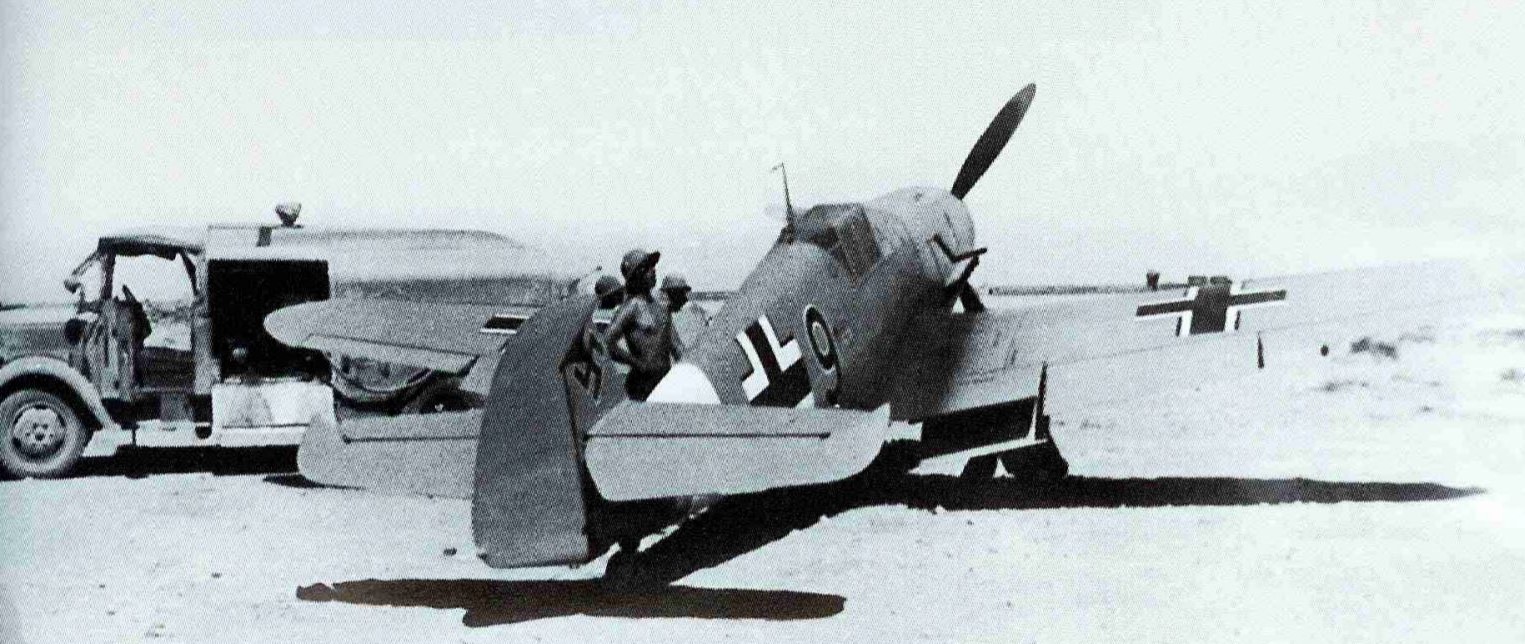
V. Neumanns bunte Bühne – JG 27 Commander Eduard Neumann’s trailer, known as “Neumanns bunte Bühne” (Neumann’s colorful stage), served as the headquarters of JG 27, Marseille’s fighter wing. There is no available model of this trailer in any scale so I will be creating it with plastic card mostly from scratch. Given that, to my knowledge, only a handful of photos of the trailer exist, information on dimensions and details is lacking. Of necessity, a significant portion of this effort will be educated guesswork. This post will describe this most challenging part of the project.
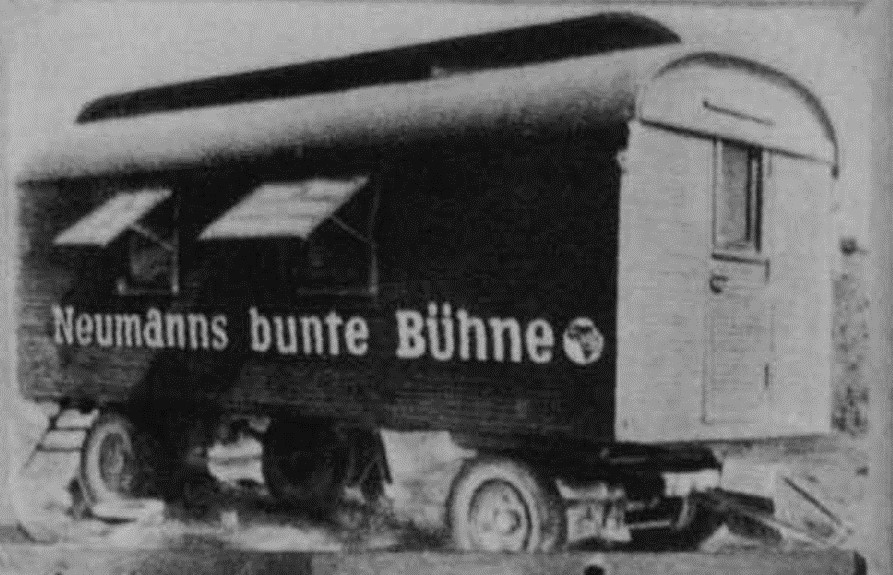
VI. The Figures and other details – No diorama is complete without the figures to bring it to life and provide a sense of scale. We may not know the wingspan of a Messerschmitt Bf 109, but a human figure next to it provides immediate perspective. I am aware of two figures in 1/72 scale – one from Preiser and one from Dragon – clearly intended to represent Marseille. This post will cover these two figures as well as the approximately 60 other figures (plastic, resin, and metal) from many figure sets that I will use in the diorama. The challenge is that there are currently no shirtless figures wearing shorts and pith helmets. Thus, the project will involve many conversions using torsos, heads, and limbs from different figure sets.
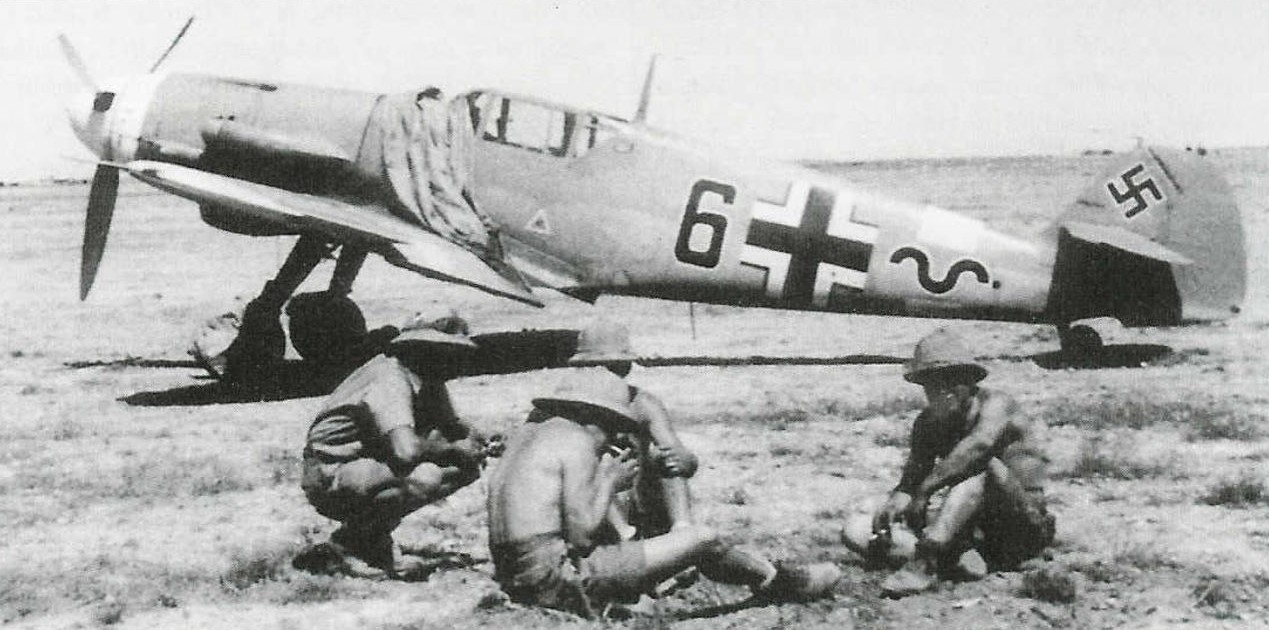
Lagniappe: Rumba Azul, by the Lecuona Cuban Boys
Finally, for those curious about Rumba Azul, here’s a YouTube video. Music begins at about the 30-second mark and lyrics at about the 90-second mark.
As is probably clear, this is an extremely ambitious project, at least for me, and it will likely take months to complete. Please bear with me and visit the site often.
Thank you for your indulgence and I hope you enjoyed the post. If something looks amiss, please let me know. I would be delighted to correct inaccurate information so that this may be useful to other 1/72 scale collectors and wargamers. As always, comments, questions, corrections, and observations are welcome.

